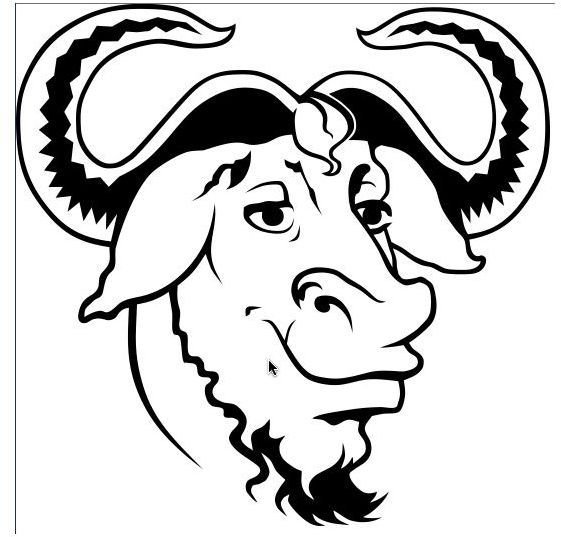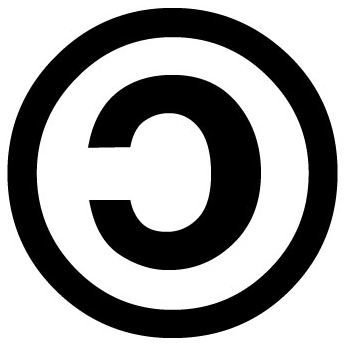What is Copyleft? Copyright Licensing in Videos
A Legal Movement
Since copyright licensing became the standard for securing the rights on things considered “intellectual property” there has been those who have been opposed to its stringent standards. There are many in the artistic community that believe completely shutting out other people from building, reproducing, or altering an original work actually limits the creativity of the general community. To challenge this institution they have created certain licenses that allow video producers to use that footage with a very loose number of restrictions. One of the largest blanket licenses that have been created during the software development of the 1970s is called “Copyleft,” and acts as both a legal restriction and a social movement.
Copyleft Image
Copyleft
Copyleft is designed as an alternative to standard copyright, which gives the author of the work the right to restrict outside parties on what they can do with their work. Through the Copyleft standards, the author gives any person who comes in contact with a copy of the work the right to reproduce, adapt, or distribute the work as long as any subsequent copies are also held with only the Copyleft license. This means that the work could be used by the digital video producer, but their final product would have to only hold a Copyleft license and none other. If the producer was to utilize a work that has a Copyleft license and then their final film has a standard copyright on it, then they would be in violation of the Copyleft restrictions. Though standard copyright is still more restrictive, the restrictions for Copyleft are very serious to the standard digital video producer who may want to use their project for financial or mass distributive purposes. Because of this there are entire realms of Copylefted material that cannot gain regular copyrights, and because of this many people who desire to use Copyleft only apply that license to part of the work while allowing the other parts to remain Public Domain or Share-Alike.
GNU General Public License
Copyleft was originally used for software, as a way of undercutting large software companies and bringing a “do-it-yourself” ethic back to the average user. This went along with the “open source” revolution lead by the self-created operating system Linux. Since its original inception it began to be applied to all types of creative works, and today you will see it on a large number of works from music to film. One of the most common sub-divisions of the Copyleft license is the GNU General Public License and is used almost exclusively for software, especially Linux. It has begun to be used on other types of works, including fine arts and video clips, and it holds all the rights very strictly under Copyleft restrictions. Even utilizing the smallest bit of material using a GNU license would require the second work to have the same license.
GNU Logo

Choose Your Position
Copyleft seems like it would be a goldmine for any video producer looking for stock footage, but unless you share the ethos it should be avoided at all costs. The license is based on a social movement that wants to take away the ownership rights of creative materials and bring it into the public realm. This means that unless you share some of these socio-political philosophies you might want to avoid using materials that are labeled this way because it decides for you what your legal rights are. Like always, it is best to contact the author of the work and get their personal terms of use. They may be able to relinquish the Copyleft protections for you, but since this license is a politically motivated social statement it is most likely that they will not. When approaching the use of stock material you have to be aware of what type of rights you have as an artist and what type of restrictions the author of the original work has.
This post is part of the series: Rights and Protection
Here are articles about rights and protection, such as WGA registration and copyright, around your video, film, and screenwriting projects.
